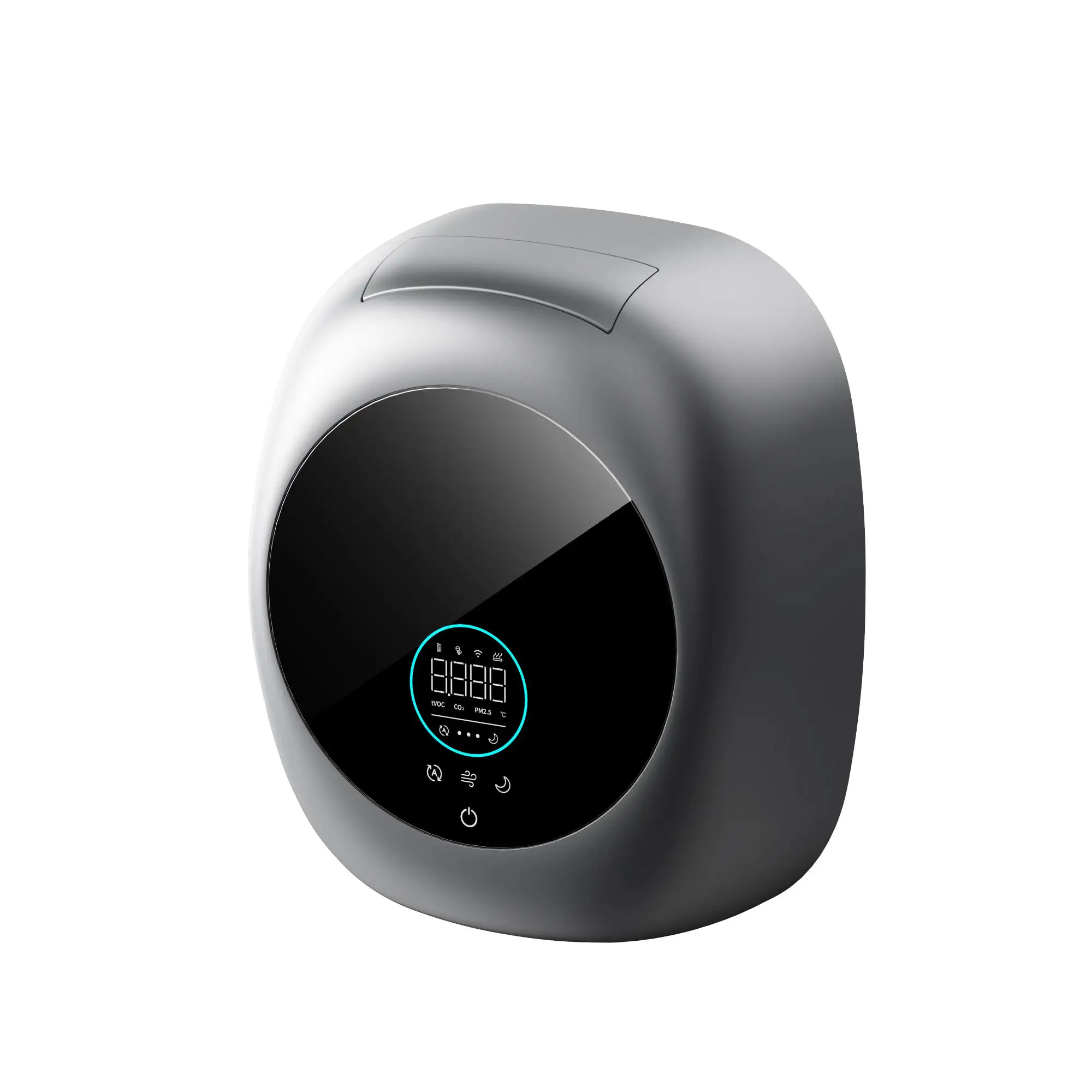How Does an Air Ventilator Contribute to Energy Efficiency?
Understanding Modern Ventilation Systems and Energy Conservation
An air ventilator serves as a cornerstone in achieving optimal energy efficiency within both residential and commercial spaces. These sophisticated systems go far beyond simply moving air in and out of buildings – they play a crucial role in maintaining indoor air quality while significantly reducing energy consumption. As energy costs continue to rise and environmental consciousness grows, understanding how an air ventilator contributes to energy efficiency becomes increasingly important for property owners and facility managers.
Modern air ventilator technology has evolved dramatically, incorporating advanced features that maximize energy savings while ensuring superior air quality. These systems work tirelessly behind the scenes, managing airflow, regulating temperature, and maintaining proper humidity levels – all while minimizing energy waste and reducing utility costs.
Core Components of Energy-Efficient Ventilation
Heat Recovery Technology
At the heart of energy-efficient ventilation lies heat recovery technology. When an air ventilator incorporates heat recovery mechanisms, it captures thermal energy from outgoing air and transfers it to incoming fresh air. This process significantly reduces the energy required for heating or cooling, as the system preheats or precools incoming air using energy that would otherwise be wasted.
Advanced heat exchangers in modern ventilation systems can recover up to 85% of thermal energy, making them incredibly efficient at maintaining comfortable indoor temperatures while minimizing energy consumption. This remarkable efficiency translates directly into reduced heating and cooling costs throughout the year.
Smart Control Systems
The integration of intelligent control systems elevates the performance of an air ventilator to new heights. These sophisticated controls continuously monitor indoor air quality, occupancy levels, and external conditions to optimize ventilation rates automatically. By adjusting airflow based on real-time needs, smart ventilation systems prevent energy waste from over-ventilation while ensuring adequate fresh air supply.
Modern control systems can also integrate with building management systems, allowing for coordinated operation with other HVAC components. This synchronization further enhances energy efficiency by preventing competing systems from working against each other.

Impact on Building Energy Performance
Reduced HVAC Load
An efficiently operating air ventilator significantly reduces the workload on primary HVAC systems. By managing air exchange more effectively, these systems minimize the amount of conditioned air that needs to be replaced with outside air. This reduction in HVAC load can lead to substantial energy savings, as heating and cooling systems operate less frequently and for shorter durations.
The strategic placement and proper sizing of ventilation systems also contribute to their energy-saving potential. When correctly implemented, an air ventilator can reduce HVAC energy consumption by 20-30% in typical commercial buildings.
Enhanced Temperature Control
Modern air ventilator systems excel at maintaining consistent indoor temperatures. Through precise control of air exchange rates and intelligent use of outdoor air when conditions are favorable, these systems help stabilize indoor temperatures without excessive reliance on mechanical heating or cooling. This temperature stability not only improves comfort but also prevents energy waste from constant HVAC cycling.
The ability to leverage natural ventilation when outdoor conditions are suitable further enhances energy efficiency. Smart ventilation systems can automatically switch between mechanical and natural ventilation modes to optimize energy usage while maintaining optimal indoor conditions.
Long-term Benefits and Cost Savings
Energy Cost Reduction
The implementation of an efficient air ventilator system leads to significant long-term cost savings. While the initial investment might be higher compared to basic ventilation solutions, the reduced energy consumption typically results in a return on investment within 3-5 years. Buildings equipped with advanced ventilation systems often report energy cost reductions of 30-40% compared to those using conventional ventilation methods.
These savings compound over time, especially as energy prices continue to rise. Additionally, many regions offer incentives and rebates for installing energy-efficient ventilation systems, further improving the financial benefits of these investments.
Environmental Impact
The energy efficiency gains provided by modern air ventilator systems translate directly into reduced environmental impact. Lower energy consumption means decreased greenhouse gas emissions and a smaller carbon footprint for the building. This environmental benefit becomes increasingly important as organizations strive to meet sustainability goals and comply with stricter environmental regulations.
Beyond reducing energy-related emissions, efficient ventilation systems also contribute to better indoor air quality, which can help buildings achieve various green building certifications and improve their overall environmental performance rating.
Frequently Asked Questions
What makes an air ventilator energy efficient?
An air ventilator becomes energy efficient through features like heat recovery systems, smart controls, efficient motors, and proper sizing for the space. The combination of these elements allows the system to maintain optimal air quality while minimizing energy consumption through strategic operation and heat exchange.
How much can I save on energy costs with an efficient ventilation system?
Energy savings typically range from 20-40% compared to traditional ventilation systems, depending on factors such as building size, climate, and current energy usage patterns. Most buildings see a return on investment within 3-5 years through reduced utility costs.
How often should an air ventilator be maintained for optimal efficiency?
Regular maintenance should be performed at least twice per year, including filter changes, cleaning of heat exchange surfaces, and inspection of control systems. Proper maintenance ensures the system maintains its energy efficiency and extends its operational lifespan.

 EN
EN
 AR
AR
 NL
NL
 FR
FR
 DE
DE
 EL
EL
 HI
HI
 IT
IT
 JA
JA
 KO
KO
 PL
PL
 PT
PT
 ES
ES
 ID
ID
 VI
VI
 TH
TH
 TR
TR
 MS
MS
